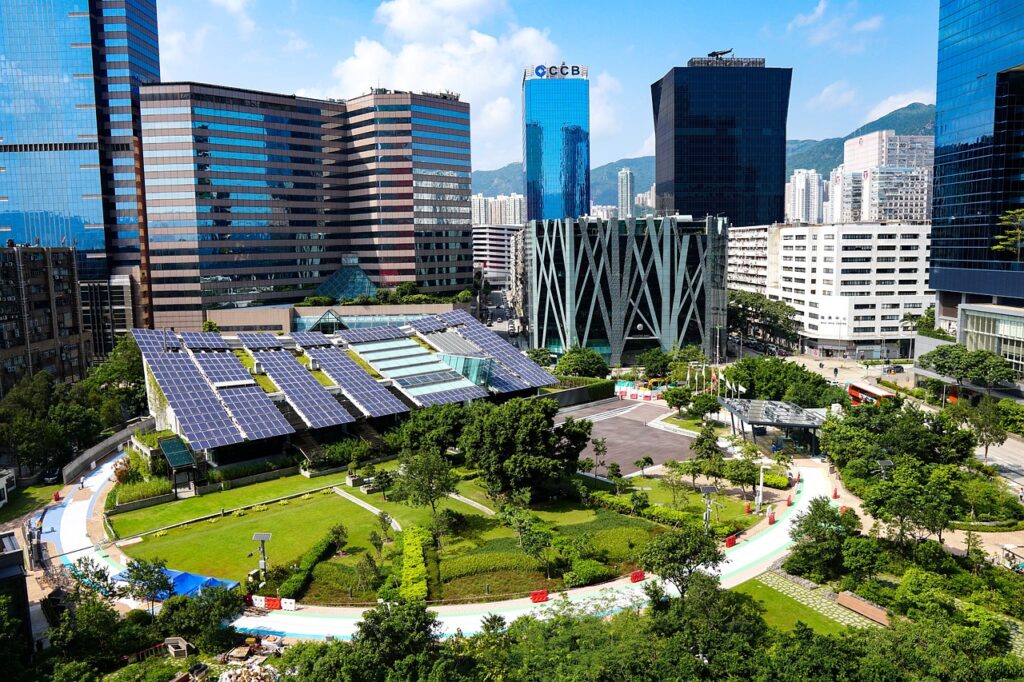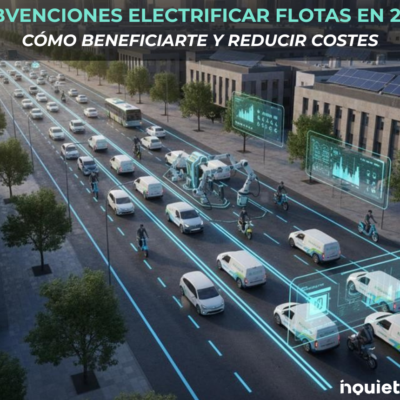The Government of Spain has decided to take a further step towards a more sustainable future with the recent update of the National Integrated Energy and Climate Plan (PNIEC) 2023-2030. This plan, in addition to addressing the need to reduce energy dependence and greenhouse gas emissions, promises a positive impact on the economy, job creation and quality of life.
The PNIEC meets environmental and climatic challenges whilst seeking to position Spain as a benchmark in terms of sustainability, industrial modernisation and job creation.
A future with less energy dependence and more savings
One of the most noteworthy aims of the PNIEC is to reduce Spain’s energy dependence, falling from 73% in 2019 to 50% by 2030. This measure seeks to reduce Spain’s vulnerability to fluctuations in international oil and gas prices, resulting in savings of 86.75 billion euros in fossil fuel imports.
This more favourable and stable scenario will also benefit companies that are investing in cleaner energy and electrical solutions, as the result would be more accessible and affordable energy.
More renewable energy and greater energy efficiency
The updated PNIEC envisages a strong increase in electricity demand, driven on by the electrification of the economy. By 2030, electrification is expected to reach 35%, which will be reflected by a 34% increase in electricity demand compared to 2019. This growth is expected to be covered mostly by renewable energies, which will provide 81% of the electricity.
In a country where already more than 50% of electricity demand is covered by renewable sources, the updating of the plan boosts the commitment to continue to move ahead with this trend.
An opportunity for advancement in electric mobility
One of the sectors that will benefit most from this plan is electric mobility. One of the most ambitious aims of the PNIEC is the commitment to achieve 5.5 million electric vehicles in circulation by 2030. Whilst some sectors regard this figure as high and challenging, it also represents a great opportunity for businesses and consumers committed to a more sustainable future.
The European experience shows that ambitious goals are not only achievable, but that they also generate positive dynamics: greater investment, technological innovation and the increased penetration of clean energies.
For companies that are already adopting electric fleets or are considering to do so, this growth means a greater charging infrastructure, incentives and a favourable environment for the electrification of their operations.
In this regard, the growth of the charging infrastructure is one of the main priorities, and although today Spain is below the European average, the network of charging points is set to have tripled by 2030, reaching 100,000 chargers. This increase will cover both business and private demand, reducing charging times and improving accessibility, further boosting the transition to electric mobility.
A positive impact on a large scale
The aim of the PNIEC 2023-2030, in addition to benefiting the environment, is to positively impact the economy and everyday life in general. For example, the plan envisages that, in the business field, companies will be able to reduce their operating costs by electrifying their fleets and taking advantage of low-emission zones in large cities.
For companies, fleet electrification represents an opportunity to make them more competitive. In actual fact, 75% of companies already prioritise cutting the carbon emissions from their vehicles. This process is set to move up a gear thanks to the updating of the PNIEC.
Towards a more sustainable and inclusive network
Whilst it is true that up till now the deployment of electric mobility in Spain has been concentrated in urban areas, one of the major challenges of PNIEC 2023 is to expand the charging infrastructure to rural and industrial areas. This expansion aims to ensure that businesses have access to a more inclusive and efficient charging network, regardless of their geographic location.
To facilitate this transition, the Government is already working on streamlining permits and improving the network of charging points, many of which will be fast charging (150 kW or more), thereby reducing waiting times and facilitating the operation of electric fleets.
Sustainability, but investment for the future too
The National Integrated Energy and Climate Plan will mobilise a total investment of 308 billion euros by 2030. This economic injection will help achieve the objectives of the plan, encouraging the creation of up to 560,000 jobs in the energy, construction and technology sectors. Increased electrification, combined with improved energy efficiency, will contribute to the growth of GDP by 3.2% compared to current scenarios.
Basically, the updating of the PNIEC 2023-2030 presents a clear picture: the transition to electric mobility is no longer an option, it is a necessity. The modernisation of the energy system and increasing electrification afford an increasingly favourable outlook for the adoption of sustainable alternatives. The commitment to this transition is essential if climate objectives are to be met and a more sustainable future is to be ensured.




